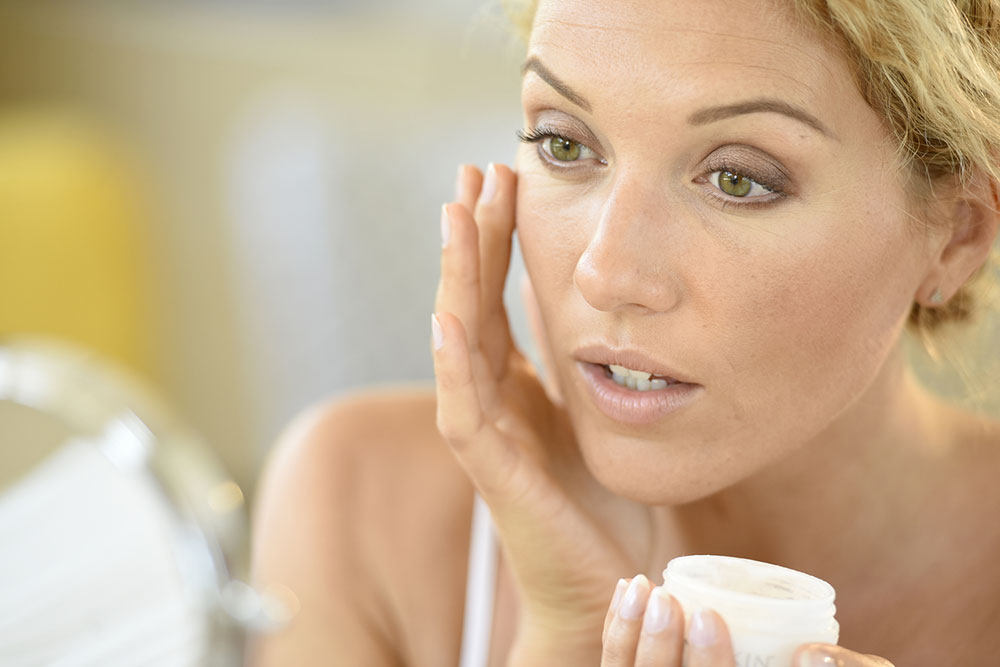
6 common signs of prurigo nodularis
Prurigo nodularis is a chronic inflammatory skin condition that causes painful, firm, and itchy bumps on the skin called “nodules”. The bumps generally develop in easy-to-scratch areas such as the arms, legs, back, and abdomen. They are accompanied by an uncontrollable urge to scratch, leading to more inflammation. This article explores some of the common signs of prurigo nodularis to help in recognizing the condition and seeking medical intervention in time.
Itchy skin
Skin can begin to feel itchy and irritated before the bumps appear. This symptom may be long-lasting or limited to short episodes. The area where the itching develops may vary; for instance, for some, it may be restricted to a certain body part, while for others, it may affect most of their skin.
Burning or stinging sensation
Some may even experience a stinging or burning sensation instead of itching as a sign of prurigo nodularis. On rare occasions, people have also said that they have experienced a feeling akin to bugs crawling on their skin.
Itchy bumps (nodules)
As the common signs of prurigo nodularis lead to repeated scratching and rubbing, raised, itchy nodules start to develop. These generally appear on both sides of the body about 6 weeks after the itching or burning sensation sets in. These bumps may be different for everyone, but generally have the following characteristics:
Shape: The bumps may cause the appearance of dome-shaped lesions.
Size: The lesions could be 0.5 to 2 centimeters in diameter.
Texture: The bumps are generally firm and may appear above, below, or level with the surface of the skin.
Color: The rash may match the skin tone or be pink, red, brown, or black. Once healed, the lesion may also leave behind a skin discoloration.
Distribution: One can have anywhere between a few to hundreds of lesions across the body. These may also appear asymmetrically.
Location: The lesions may appear anywhere across the body. However, they most frequently appear on the scalp, arms, legs, upper back, and abdomen.
Changes in the skin
Itching, scratching, and the appearance of bumps may also change the texture of the skin. Scratching until the bumps break open and bleed or become painful can lead to the appearance of dark spots. The skin may also feel pebbly, hard, or thick.
Appearance of spots
When left untreated, the itching and bumps can last for several months or years. Over time, the bumps change to flat dark spots that may be similar to the natural skin color or lighter.
Changes in nails and hair
In rare cases, as the condition progresses, it may affect the nails, causing pitting, ridges, or thickening. Additionally, nodules on the scalp may also lead to localized hair loss.
As the condition worsens, it may significantly affect the quality of life. For many, the following complications may also develop:
Secondary infections: Although uncommon, constant itching and scratching could lead to other infections. Some common signs of an infection include swelling, discoloration, a warm or hot feeling, pus, pain, or even a fever. If any of these signs begin to develop, it is important to contact a dermatologist (or primary care doctor) immediately and get examined.
Sleep disturbance: The persistent itching associated with this condition may also lead to a disturbed sleep schedule. For some, the itching may worsen at night, causing difficulties in falling or staying asleep. This may also impact their energy levels the next day.
Social isolation: Some people may feel conscious about the appearance of their skin. This may cause them to remove themselves from social events and gatherings, leading to isolation. This can have a significant impact on one’s mental health. So, such stress and physical discomfort are known to cause mental health issues when dealing with this skin condition. According to a study published in the Journal of Clinical and Aesthetic Dermatology, almost half the people diagnosed with Prurigo Nodularis experienced some kind of mental health issue. Of these, the most common were anxiety and depression.
Understanding the condition
Prurigo nodularis is not contagious. The condition may be a result of a nervous or immune system response in the skin. For some people, it may also be a side effect of treatments like chemotherapy. As the underlying cause of this condition is unknown, there is no clear way to prevent it. However, risk factors associated with this condition include:
Age: This condition is more common among people above the age of 50. Symptoms generally start to appear between the ages of 50 and 65.
Other skin conditions: About half of all the people diagnosed with prurigo nodularis have a history of atopic dermatitis. Those with a medical history of psoriasis and other skin conditions may also be at an increased risk of developing prurigo nodularis.
Underlying diseases: Underlying conditions like kidney failure, HIV, hepatitis C, certain bacterial and parasitic infections, thyroid disease, lymphoma, and liver disease may also trigger prurigo nodularis.
Further, triggers of this condition most commonly include repeated scratching and picking. Factors like heat, clothing, sweat, or stress also trigger skin irritation.
Lifestyle changes
To manage the symptoms, the most important change to make is to avoid scratching nodules. Other changes that may help are:
– Switching to mild soaps while bathing
– Applying a moisturizer several times a day
– Using lotions and ointments to calm skin and reduce itchiness
– Keeping fingernails trimmed
– Wearing gloves or mittens while sleeping to avoid unintentional scratching
– Limiting sun exposure or wearing sunscreen with at least SPF 30 while outdoors
– Avoiding hot environments and activities that may cause sweating
If one notices any signs, they should get examined by a doctor and seek a diagnosis as soon as possible, as prurigo nodularis can be managed with timely treatment. Additionally, identifying and avoiding the triggers can prevent the condition from worsening.





